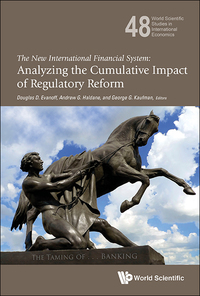Question
During college, Blake found that she could turn her baking obsessions into a delivery business named Sleepless Brownies. Blake is the sole employee and operator
During college, Blake found that she could turn her baking obsessions into a delivery business named Sleepless Brownies. Blake is the sole employee and operator of the business. After graduation, Blake invites her friend Taylor to invest in expanding the operation and share the work. A decade passes, and they have expanded their operations into a multinational chain. Blake and Taylor decide to go public with their company and hire the investment bank Solomon Sisters (SS) to advise with issuance and marketing of securities. SS estimate the company cash flows for the next few years will be as follows:
Cash Flow (in thousands USD)
Year 1 $5,000
Year 2 $6,750
Year 3 $8,450
Year 4 $9,500
Year 5 $10,000
After 5 years, cash flow is expected to grow at a rate of 1% a year. During its market research, SS found that a comparable food delivery firm Awake Smoothie went public at a value of $200 million. It was expected to have cash flows of $4 million in its first year and grow at a rate of 4% perpetually.
a. When Blake was in college, what kind of firm was Sleepless Brownies?
b. Directly after Blakes graduation, what kind of firm was Sleepless Brownies?
c. What was the discount rate used to value Awake Smoothie? Can this discount rate be used to value Sleepless Brownies?
d. What is the present (year 0) value of cash flows for Sleepless Brownies from year 1 to year 5?
e. Suppose it is the end of year 5, what is the present value of future cash flows for Sleepless Brownies? (Hint: consider only the cashflows of year 6 and later).
f. Solomon Sisters advises Sleepless Brownies to sell 1 million shares at $40. Is this price fair?
g. How much of the value of Sleepless Brownies can be attributed to the NPV of new projects that were expected to be taken from year 3 onwards?
h. SS also gives an alternative scenario where cash flow in year 5 decreases to $8 million (due to higher upscaling costs). If 1 million shares are still to be issued, what is the fair price of one share under this scenario?
Step by Step Solution
There are 3 Steps involved in it
Step: 1

Get Instant Access to Expert-Tailored Solutions
See step-by-step solutions with expert insights and AI powered tools for academic success
Step: 2

Step: 3

Ace Your Homework with AI
Get the answers you need in no time with our AI-driven, step-by-step assistance
Get Started


